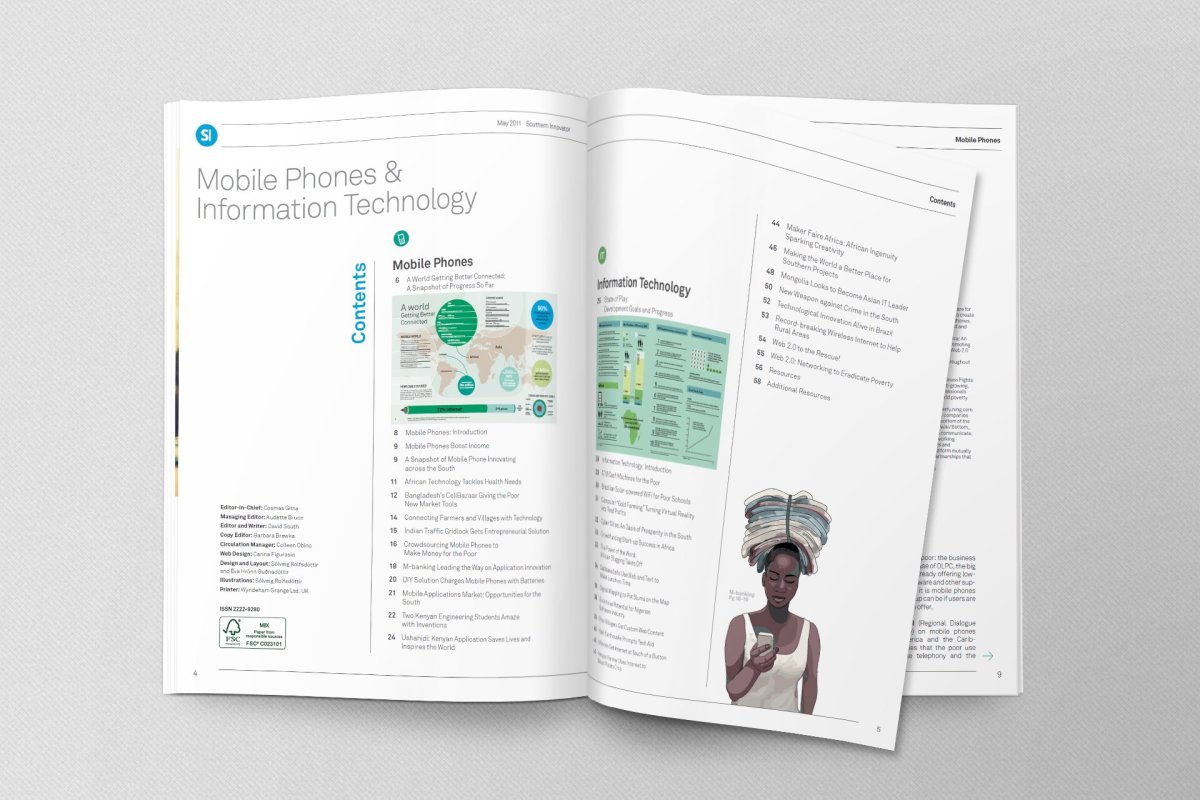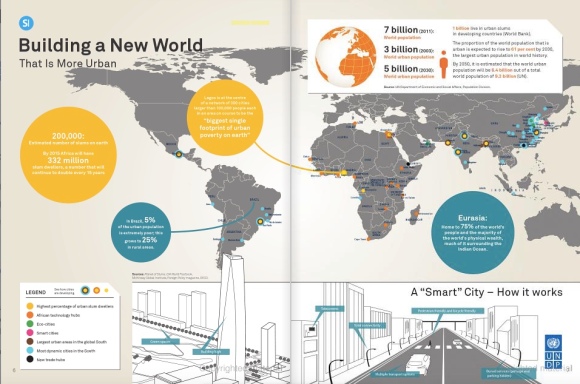Experience
I am an international development consultant with over 25 years’ experience. I specialise in media, health communications, development strategies, project management and publishing. I have led high-profile projects in Asia, Canada and the UK. This work has included a number of groundbreaking, award-winning new media projects.
United Nations Global Marketplace (ungm.org) Vendor.
Read the David South Consulting Summary of Impact here: http://books.google.co.uk/books/about?id=1FdyBgAAQBAJ&redir_esc=y
Read the Southern Innovator Summary of Impact here: https://books.google.co.uk/books?id=lK4jBgAAQBAJ&dq=southern+innovator+summary+of+impact&source=gbs_navlinks_s
https://davidsouthconsulting.org
Citations
Buying into capitalism: Mongolians’ changing perceptions of capitalism in the transition years by Paula L. W. Sabloff, 12 Oct 2020, Central Asian Survey, 39:4, 556-577, DOI: 10.1080/02634937.2020.1823819

Mongolian Rock and Pop: In Our Own Voice (in Mongolian), ISBN 99929-5-018-8
Wild East: Travels in the New Mongolia by Jill Lawless, ECW Press, 2000, ISBN 1-55022-434-4 (www.wildeast.ca)

Development Challenges, South-South Solutions E-Newsletter
A Sociological Approach to Health Determinants by Toni Schofield (Cambridge University Press: 2015)
Agribusiness strategy and rural development: A case study of Ihunga Sub County, Ntungamo District by Denis, Simpson Singahache, 2018

Beyond Gated Communities edited by Samer Bagaeen and Ola Uduku, Routledge: 2015
Determinants of Capacity Utilization among Agribusiness Firms in Nigeria by Chukwuma Ume, Patience Ifeyinwa Opata, Kalu Uche Felix, Ukwuaba Charles Ikenna, Sunny Chukwuemeka Ume, Agu Amarachi Jacinta, Asian Journal of Managerial Science, Vol. 10 No. 2 (2021): July-December 2021 (DOI: https://doi.org/10.51983/ajms-2021.10.2.2926).
Economy Reports for APEC Economies on demographics, policies & ICT applications for people with Special Needs (Seniors and People with Disabilities), Asia-Pacific Economic Cooperation, APEC Telecommunications and Information Working Group, January 2013
Fashion: Tyranny and Revelation, Editor: Damayanthie Eluwawalage, Inter-Disciplinary Press, 2016
Financing Renewable Energy in Developing Countries: Analysis of Business Models and Best Practices, Resources Future Publication, Pakistan Office, July 2018
Impact of Digital Strategy in Business for Small and Medium Enterprises in Developing Countries by Malik Mustafa, International Journal for Modern Trends in Science and Technology, 7 (09): 205-210, 2021
The Liverpool Companion to World Science Fiction Film by Sonja Fritzsche, 2014
Mobilising Finance for Infrastructure: A Study for the UK Department for International Development (DFID), Cambridge Economic Policy Associates Ltd., August 2015
The New Middle Class and Urban Transformation in Africa: A Case Study of Accra, Ghana by Komiete Tetteh, The University of British Colombia, 2016
Planet of slums by S. Cranby, Geodate, Volume 25, Issue 4, Pages 2-5, ISSN: 1835-5099, August 2012
Problems and Prospects of Development of Apitourism in Kazakhstan, Zh. N. Aliyeva, R. M. Baiburiyev, David D. Lorant, A. S. Shagyrbay, Z. K. Kaliaskarova, Al-Farabi Kazakh National University, Almaty, Kazakhstan, Eotvos Lorand University, Budapest, Hungary, Bulletin of National Academy of Sciences of the Republic of Kazakhstan, ISSN 1991-3494, Volume 6, Number 382 (2019), 45-53 (https://doi.org/10.32014/2019.2518-1467.144)
Propagating Gender Struggles Through Nollywood: Towards a Transformative Approach by Nita Byack George Iruobe, Geonita Initiative for Women and Child Development, 17 July 2015
Young Girls’ Affective Responses to Access and Use of Information and Communication Technology (ICT) in Information-Poor Societies by Dania Bilal et al, New Directions in Children’s and Adolescents’ Information Behavior Research, Library and Information Science, Volume 10, Emerald Group Publishing Limited, 2014
Youth Empowered as Catalysts for Sustainable Human Development: UNDP Youth Strategy 2014-2017, United Nations Development Programme, Bureau for Development Policy
A Complete Guide on Celebrations, Festivals and Holidays around the World by Sarah Whelan, Asteroid Content, 2015
Gale Directory of Publications and Broadcast Media by Jeff Summer, Gale Group, 2001
Mongol Survey, Issue 8, The Society, 2001
Nations in Transition: Mongolia by Jennifer L. Hanson, Infobase Publishing, 2003
Teen Life in Asia by Judith J. Slater, Greenwood Publishing Group, 2004
GOSH Child Health Portal Phase 1a by David South, 2003
GOSH Child Health Portal Phase 1b by David South, 2003
GOSH Child Health Portal Phase 2a by David South, 2003
GOSH Child Health Portal Phase 2b by David South, 2003
GOSH Child Health Portal Phase 3 by David South, 2003
GOSH Project Launch Brochure and Screen Grabs, 2001-2003 by David South, 2003
The Great Ormond Street Hospital Manual of Children’s Nursing Practices by Susan Macqueen, Elizabeth Bruce and Faith Gibson, John Wiley & Sons, 2012
Help! My Child’s in Hospital by Becky Wauchope, Marbec Family Trust, 2012
Oxford Desk Reference: Nephrology by Jonathan Barratt, Peter Topham and Kevin P. G. Harris, Oxford University Press, 2008


Human Development Report Mongolia 1997
https://www.undp.org/mongolia/publications/mongolia-human-development-report-1997

Political Governance of Capitalism: A Reassessment Beyond the Global Crisis by Helmut Willke, Gerhard Willke, Edward Elgar, 2012

Schizophrenia: A Patient’s Perspective by Abu Sayed Zahiduzzaman, Publisher: Author House, 2013


https://davidsouthconsulting.org/2021/09/23/david-south-consulting-books-1997-2014/
https://davidsouthconsulting.org/2022/11/18/past-clients-publications-1991-2016/
https://davidsouthconsulting.org/2017/11/02/stories-david-south-consulting-1991-2017/


This work is licensed under a
Creative Commons Attribution-Noncommercial-No Derivative Works 3.0 License.
ORCID iD: https://orcid.org/0000-0001-5311-1052.
© David South Consulting 2023






















You must be logged in to post a comment.